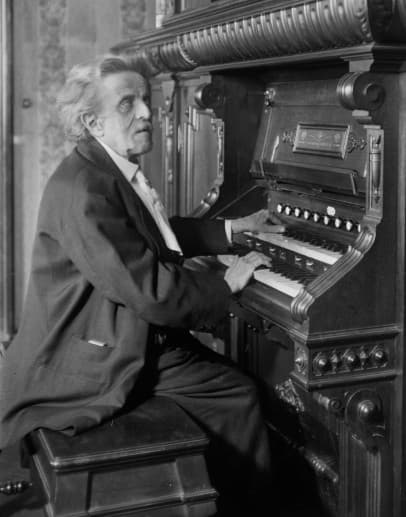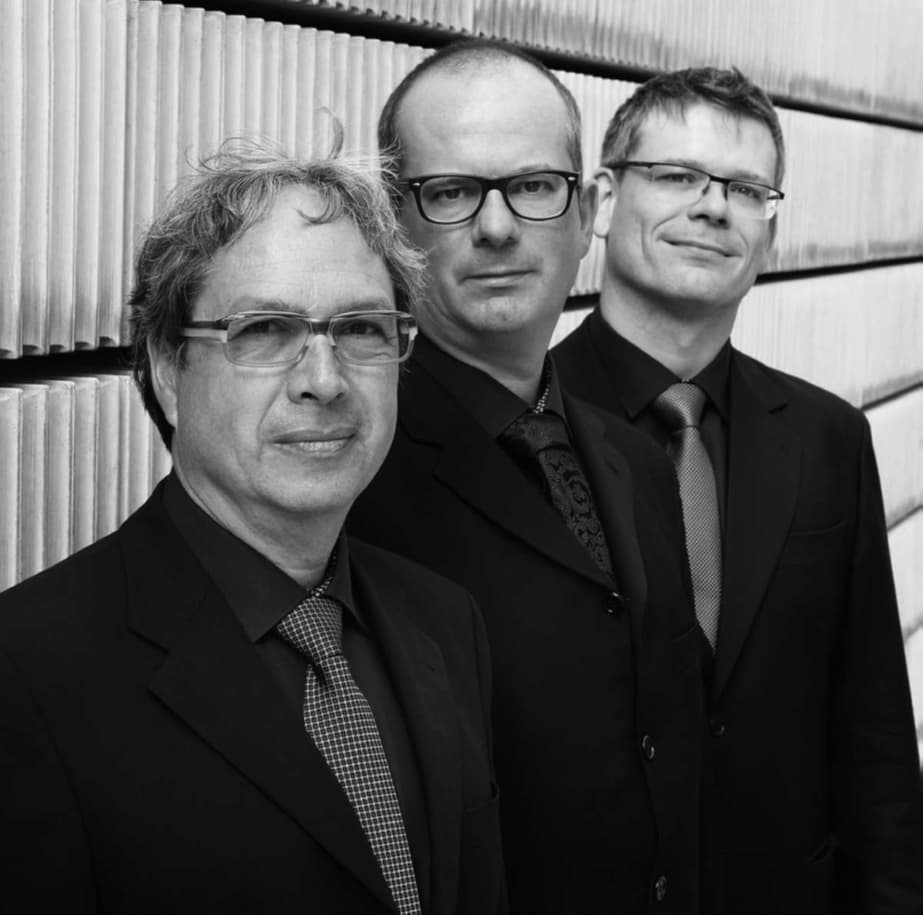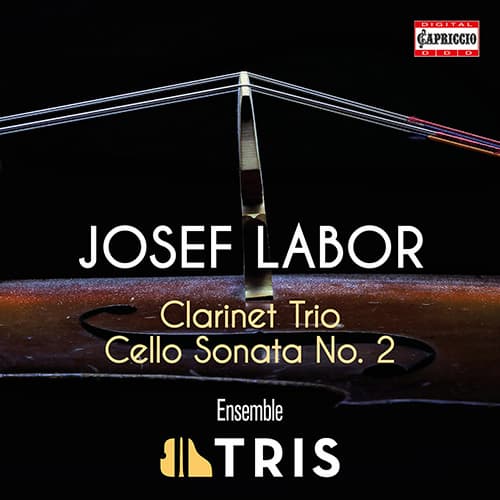The aftermath of WWI left a lot of previously able people damaged and injured, not the least musicians, for whom the loss of hand or an upper limb was no light matter. One of those so wounded was the up-and-coming pianist Paul Wittgenstein (1887–1961). He had just started his career as a solo pianist when the war came and when the war went, he was left with just one arm. Initially, he tried to recapture his pre-war repertoire, rewriting the works he knew for two hands to be played by the left hand alone. But these imitations of what had been great in the past were not satisfying, so Wittgenstein started commissioning composers to write for his hand. His commissions went to the notable composers of his time: Maurice Ravel (Piano Concerto for the Left Hand) produced the most famous work, but works by Benjamin Britten, Paul Hindemith (Piano Music with Orchestra, Op. 29), Erich Korngold, Sergei Prokofiev (Piano Concerto No. 4), and Richard Strauss were also in the list, to name just a few. He didn’t always play the pieces he’d paid for and also felt that as commissioner, he had the right to make changes as he saw fit (leading to a major feud with Ravel), but he left a vast repertoire that is still being explored today.

Paul Wittgenstein performing the Ravel Concerto
Josef Labor (1842-1924) had been one of Wittgenstein’s teachers and while Wittgenstein was still a prisoner-of-war in Siberia, he wrote to Labor requesting a concerto for the left hand. His blind teacher responded that he was already working on one. This was Wittgenstein’s first work for his new playing situation.

Josef Labor at the keyboard
Written in 1917, the Piano Trio No. 1 is a throwback to the Romantic era of the late 19th century. Ignoring what might be coming out from Vienna in the hands of Schoenberg and his students, Labor is harking back to an older sound. The first movement is in standard sonata form, albeit with a surprise as Labor moves the end of the work from E minor to E major. The dance movement is more like the baroque Bourrée than the modern Scherzo it’s named for. The third movement Adagio ma non troppo pushes the clarinet and the cello to the fore with the piano acting more as an accompanist, until the end where it gets its own little recitative-like section.
The last movement is a variation set starting with a folksong-like theme. The six following variations spin the changes on that theme with arpeggios, a short dance-like variation, one filled with dotted rhythms that call Baroque dance patterns to mind, a tragic fifth variation and then a surprise sixth variation. Long (taking up a third of the movement), it revisits the first theme but makes it a much more soloistic exercise on the part of the piano.
The point of these works for piano left hand was to combine the skill of the composer and the skill of the player to create a work that sounded ‘normal’, i.e., as if written for a pianist in full possession of his tools. There’s a certain thinness to the sound, but, in general, Labor and Wittgenstein knew what needed to be done.
Josef Labor: Trio No. 1 for Clarinet, Cello and Piano Left Hand in E Minor – IV. Thema mit Variationen: Allegretto (Ensemble TRIS)

Ensemble TRIS
This 2022 recording was made by the Ensemble TRIS, Jörg Wachsenegge, clarinet; Gerhard Waiz, cello; and Holger Busch, piano left hand.

Josef Labor: Trio No. 1 for Clarinet, Cello and Piano Left Hand in E Minor
Performed by
Ensemble TRIS
Official Website
For more of the best in classical music, sign up for our E-Newsletter

